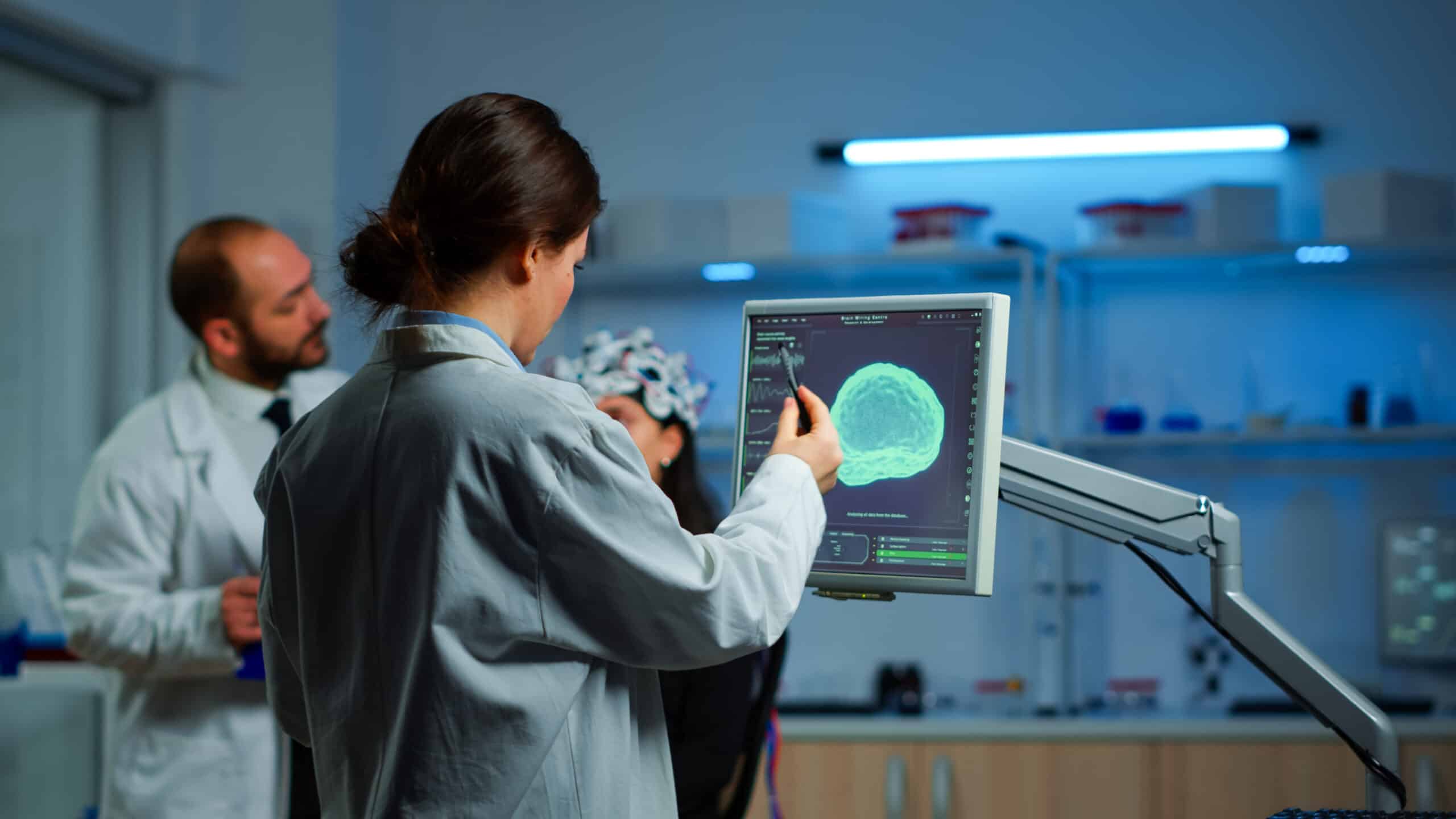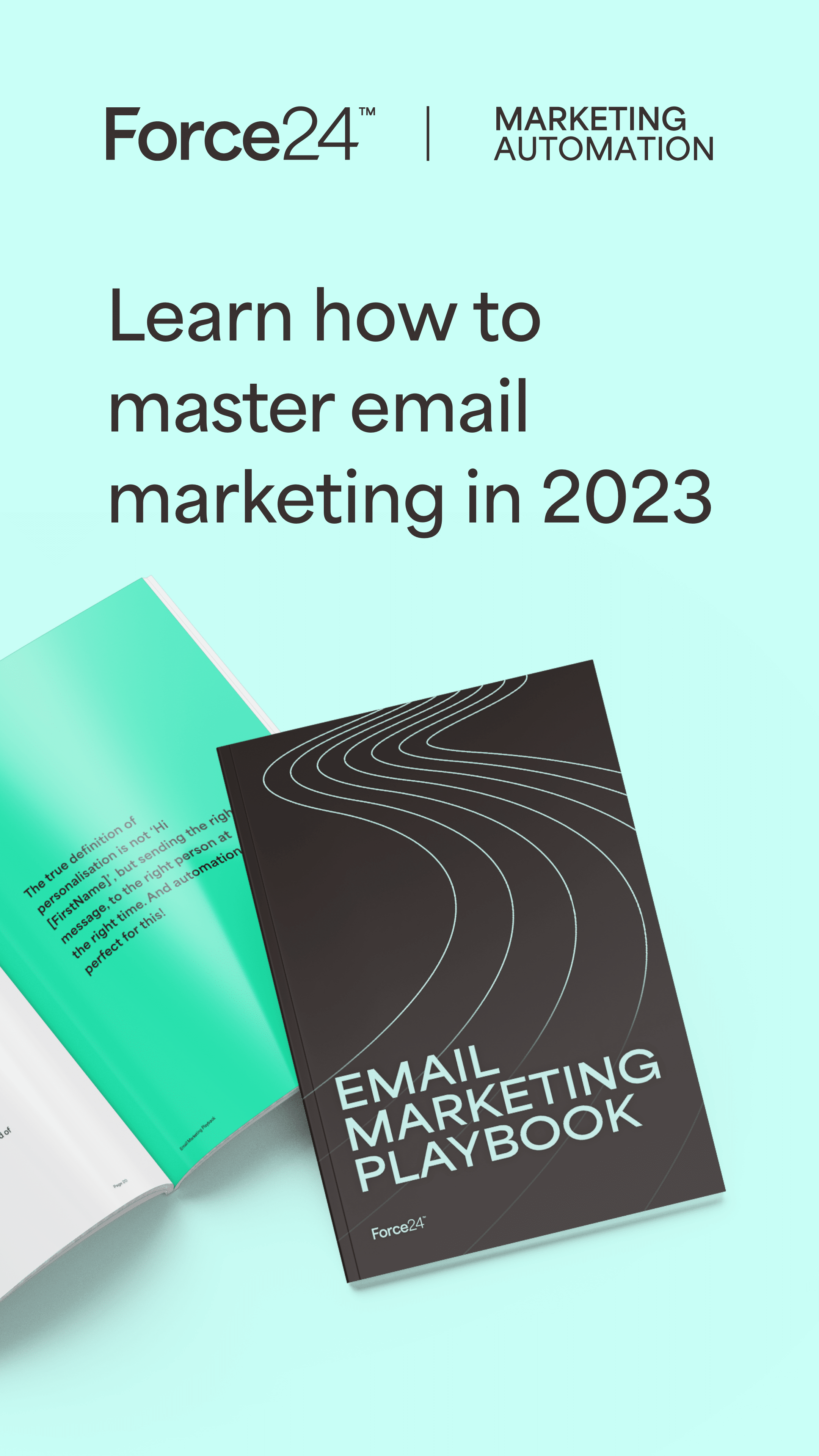It has been consistently discussed that there is a deeper reason for human engagement; for consumer behaviour and for what influences personal choices – neuroscience.
But how does neuroscience influence customers when it comes to advertising and marketing?
What exactly is neuroscience?
It is the study of the nervous system, including the brain, how it develops, and how it functions.
When it comes to marketing, neuroscience provides valuable insights into how the human brain processes content, emotions, and decision-making, helping businesses, content creators, and marketers craft more engaging experiences.
Here are some ways that neuroscience unlocks the secrets to increasing viewer engagement:
The power of emotion in engagement
Emotional triggers: The brain is wired to respond to emotions more than facts. Content that evokes strong emotions—whether joy, surprise, fear, or excitement – tends to be more memorable and shareable.
Storytelling: Neuroscience shows that stories activate multiple areas of the brain, making them more immersive and engaging than raw data or direct marketing messages.
How marketers can achieve this: By using compelling narratives and emotional hooks to create a deeper connection with your audience.
Attention and cognitive load
Limited attention span: Studies suggest the average human attention span is around 8 seconds. To capture attention, content must be visually appealing, clear, and engaging from the start.
Cognitive ease: The brain prefers content that is easy to process. Simple visuals, concise text, and structured storytelling help reduce cognitive load and increase retention.
How marketers can achieve this: Start with a strong hook, use concise messaging, and ensure a visually clean layout to keep viewers engaged.
Dopamine and reward Systems
Anticipation and curiosity: Neuroscience shows that dopamine – the ‘feel-good’ neurotransmitter – is released when people anticipate a reward. This drives them to keep watching or interacting with content.
Gamification: Elements like quizzes, challenges, or rewards activate the brain’s reward system, encouraging prolonged engagement.
How marketers can achieve this: Use cliffhangers, teasers, or interactive elements to create anticipation and reward engagement.
Visual and audio cues
Fast processing of images: The brain processes visuals 60,000 times faster than text, making images and videos more effective for engagement.
The role of sound: Music and voice tone can trigger emotions and improve retention. Upbeat or dramatic music, combined with well-paced narration, enhances engagement.
How marketers can achieve this: Use high-quality visuals and compelling audio to reinforce key messages.
Social proof and mirror neurons
Mirror neuron activation: Watching someone else experience an emotion can trigger the same response in the viewer. This is why testimonials, influencer content, and reaction videos perform well.
FOMO (Fear of Missing Out): Seeing others engage with content creates a psychological urge to participate, boosting engagement rates.
How marketers can achieve this: Enable social proof with user-generated content, testimonials, or influencer partnerships to enhance credibility and engagement.
Personalisation and relevance
The brain prefers personal relevance: Neuroscience reveals that personalised content activates brain regions linked to memory and attention.
AI and behavioural data: Platforms using AI-driven recommendations (e.g., Netflix, TikTok) keep users engaged by offering highly relevant content.
How marketers can achieve this: Use data-driven personalisation strategies, such as tailored recommendations and customised messaging, to boost engagement.
Why should we listen to the brain?
Neuroscience provides a scientific foundation for crafting highly engaging content by tapping into emotions, cognitive ease, reward systems, and social triggers. By understanding how the brain processes information, businesses and content creators can optimise their strategies to capture and retain audience attention effectively.
Tom Maskill from Webmart speaks in his seminar at our events about ‘Why We Say Yes – The Psychology Hacks that will Transform how you do Marketing. For Good.’ The brain is imperative in how we make our choices – and marketing is NO exception!
Do you want to learn even more about the latest in marketing? Get your FREE ticket to the next marketingSHOWCASE. Learn from our inspirational live seminars.

